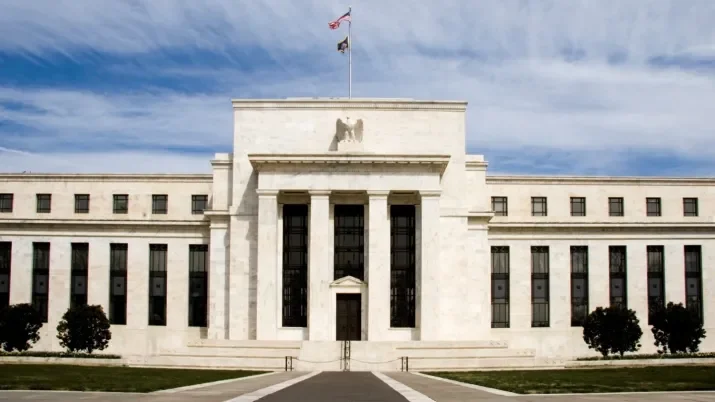ABS: 2018 So Far and What To Expect
Now that the summer lull has finally kicked in, it seems an ideal time to review the ABS market so far this year and try to make a prediction for the remainder of 2018.
The year started in a similar fashion to where 2017 left off. With new market participants looking for floating rate assets, the first two months of the year proved to be very strong. Spreads tightened across the board as the initial primary supply disappointed investors, with the exception perhaps being the UK, where new issuance got off to a flying start but spreads still performed well.
The second quarter, and particularly the early summer, showed a reversal of the trend as ABS spreads started to correlate to the broader credit markets, where threats of a global trade war and tapering had put a break on the 2017 rally. In late spring, BBB/BB CLO spreads for example saw roughly 50-150bps of spread widening to yields of 3.5% and 6% over Euribor, respectively – levels not seen since early 2017. However, spreads began to stabilise at these wider levels during July, as more US investors picked up the supply and documentation became friendlier to bondholders over equity buyers.
More recently the softness has been in AAA UK RMBS, as a backlog of new transactions caused indigestion for investors. Whilst the mezzanine tranches seemed to be better supported, the sheer volume of AAAs caused spreads to widen to roughly Libor+55/60bp for Prime RMBS and Libor+90-110bp for BTL and Non-Conforming, out from around Libor+40bp and Libor+70bp respectively. Just two weeks ago Cerberus refinanced a seasoned portfolio of UK BTL mortgages originated by Capital Home Loans, pricing the AAA notes at 3m Libor+100bps, which taking last week’s UK base rate rise into account, means these senior bonds now pay investors a handsome 1.8% for 3.6 year AAA risk!
Looking at supply, despite the slow start the primary market has been very healthy, with €56bn of new issuance. After years of shrinkage the total balance of placed paper (so disregarding retained bonds that banks hold for liquidity purposes) has risen by €5bn so far this year to stand at €440bn. Around 70% of the new bonds are AAA rated and RMBS was the largest contributor with €18.7bn, closely followed by CLOs (€18.0bn) and consumer ABS (€16.9bn).
Cumulative ABS issuance, Source: Morgan Stanley
We expect to find good investment opportunities in a traditionally busy September. There are roughly 10 RMBS deals rumoured to be in the pipeline, with a strong showing from UK issuers, as banks and building societies look to wean themselves off cheap central bank funding and specialist lenders continue to fund themselves through securitisation.
It’s not unlikely that total issuance for 2018 will be a post-crisis record at close to €100bn. This could be led by large UK high street banks, who we expect to print multiple tranches in US dollars, with demand from the US growing in recent months as the hedge back to dollars (and the wider spreads) make these bonds look favourable against US alternatives.
There is potential for spread tightening in UK RMBS and CLOs in particular, but a quick turnaround is unlikely given the pipeline building for September and October. Our general approach remains mostly unchanged, focusing on short credit spread duration, high income and a high degree of flexibility in our portfolios.




